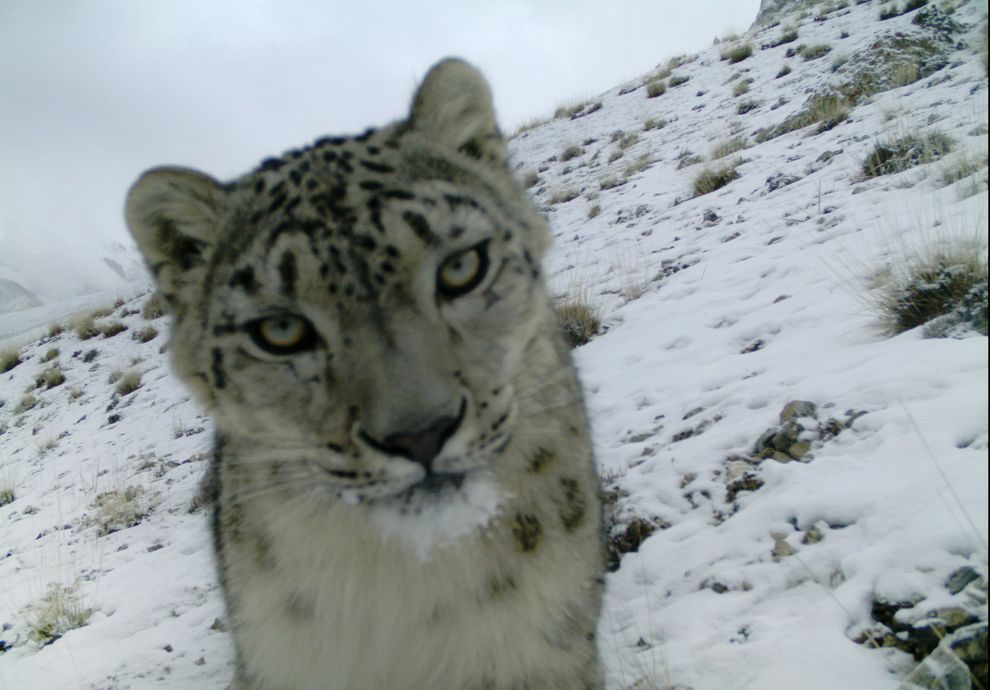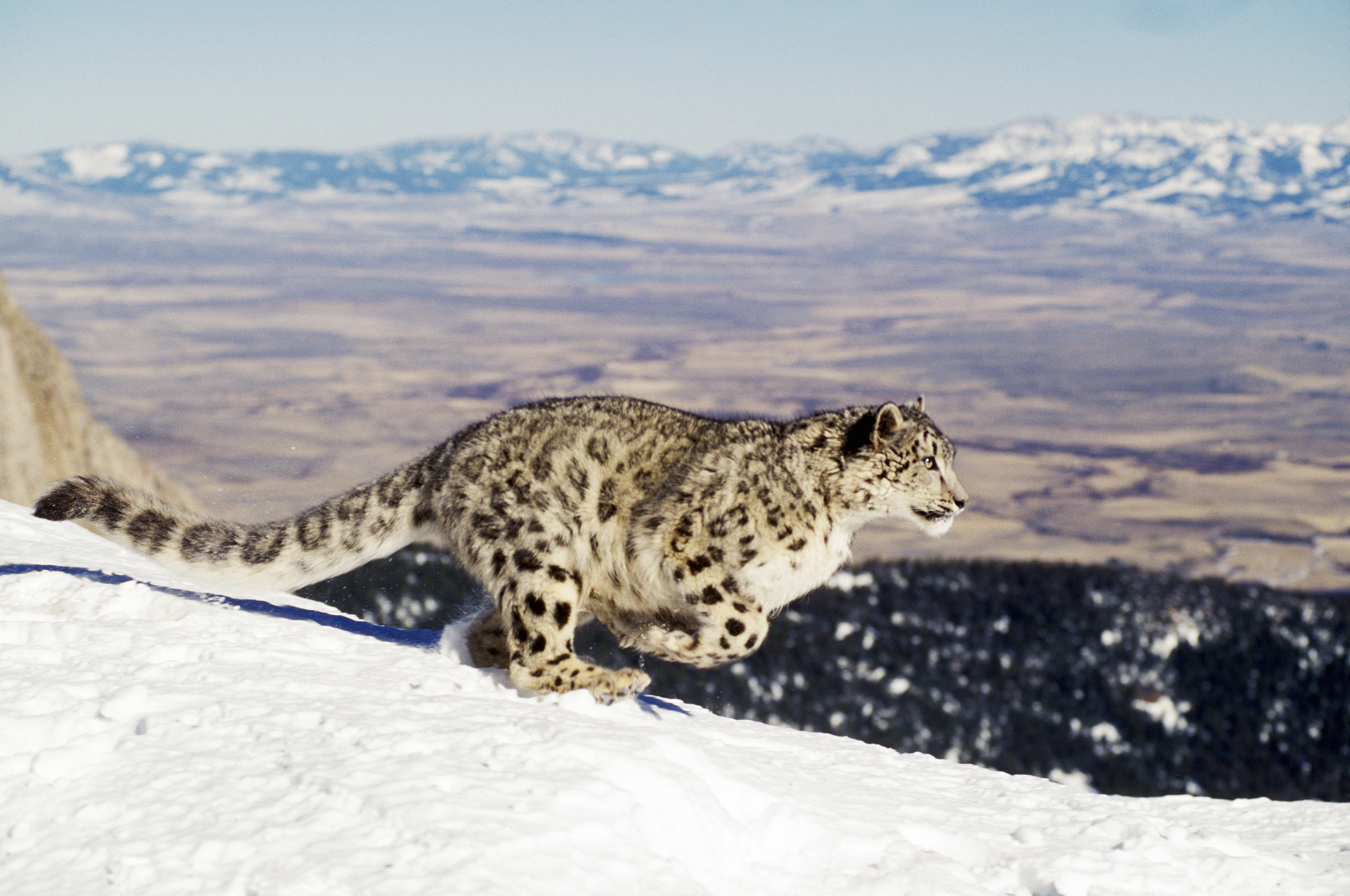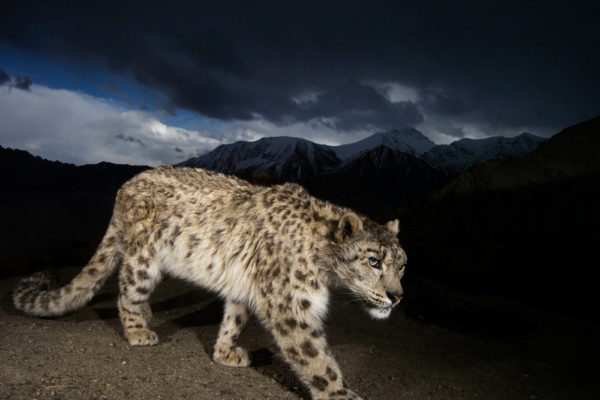In Search of Tofu: Vegan and Vegetarian Places in Almaty
A comprehensive guide on where to find vegan and vegetarian food in Almaty.


The snow leopard, scientifically known as Panthera uncia, belongs to the Felidae family of the Animal Kingdom. Felidae are colloquially referred to as cats, encompassing some of the world’s most dangerous predators like the Bengal tigress and yes, your next-door neighbor’s domestic cat. The Panthera uncia resides in the fifth Chordata Phylum class — Mammalia.
Although the snow leopard is incomparable to some other vicious mammals, it should not be underestimated. Panthera uncia can weigh up to 70 kg and is a carnivore that typically preys on sheep, deer, and the Siberian ibex. Undoubtedly, the speed of the large cat is not as impressive as that of a cheetah that can reach up to 93km/h, however, the snow leopard’s fastest sprint is 64 km/h. It is certainly not an animal you would want to chase after you, especially since it can jump as far as 15 meters.

Image: Time Magazine
There are several different subspecies of the leopard that all differ in their appearance and geographic location, which ranges from sub-Saharan Africa to Asia. In the case of the snow leopard, it is native to areas of high elevation. Indeed, the large cat can be found throughout high mountain ranges, including the Siberian mountains, the Tibetan Plateau, the Himalayas, and the mountains of Central Asia. The National Geographic highlights the fact that the snow leopard requires «an enormous amount of space to roam: Male leopards require up to 80 square miles — an area bigger than Manhattan».
Because the large cat is quite nomadic and well-camouflaged, blending in with its rocky and snowy mountain habitat, it is one of the most elusive creatures on the planet. In fact, some refer to the snow leopard as «the ghost of the mountain». Perhaps, this explains why the carnivore has been relatively understudied. Until a breakthrough research paper published in the Journal of Heredity in 2017, it was a common belief that Panthera uncia was monotypic, meaning having only one type of representative.
The study revealed that there exist three sub-species of snow leopard, differentiated by geographic location:
- Panthera uncia irbis is found in the Altai region.
- Panthera uncia uncioides is found in the Tibetan Plateau.
- Panthera uncia uncia is found in the Tian Shan, Pamir, and trans-Himalaya regions.

Image: WWF Canada
Unfortunately, this beautifully complex creature was listed as an endangered species on the Red List of Threatened Species between 1986 and 2017. Then in 2017, the snow leopard was changed from endangered to vulnerable. According to the Snow Leopard Trust, there remain only 3,920-6,390 snow leopards in the wild. Governments and conservation initiatives responded to the constant threat that the large cat has been facing, establishing protected areas and sanctuaries.
Several foreign foundations are stepping in, the Leondardo Dicaprio Foundation (LDF) being one that leads by example. In partnership with The Christensen Fund (TCF), LDF has been dedicated to a ten-year project in Central Asia to protect snow leopards from extinction. Similarly, Kazakhstan established its own Snow Leopard Foundation in 2018. Its goal is to revive its national symbol by restoring Kazakhstan's native snow leopard population.
Panthera uncia is truly one of a kind. Here is a final fact that makes the snow leopard even more unique if that is at all possible: it is the only big cat that cannot roar.

Image: National Geographic
More to Explore:
Orthorexia: Good Eating Gone Bad
Получай актуальные подборки новостей, узнавай о самом интересном в Steppe (без спама, обещаем 😉)
(без спама, обещаем 😉)